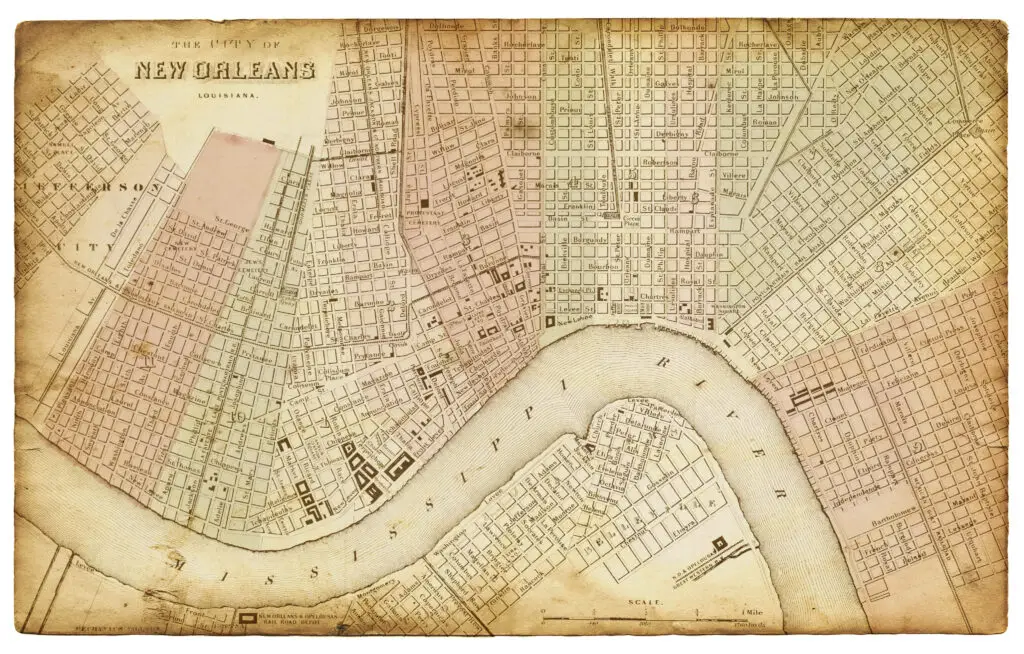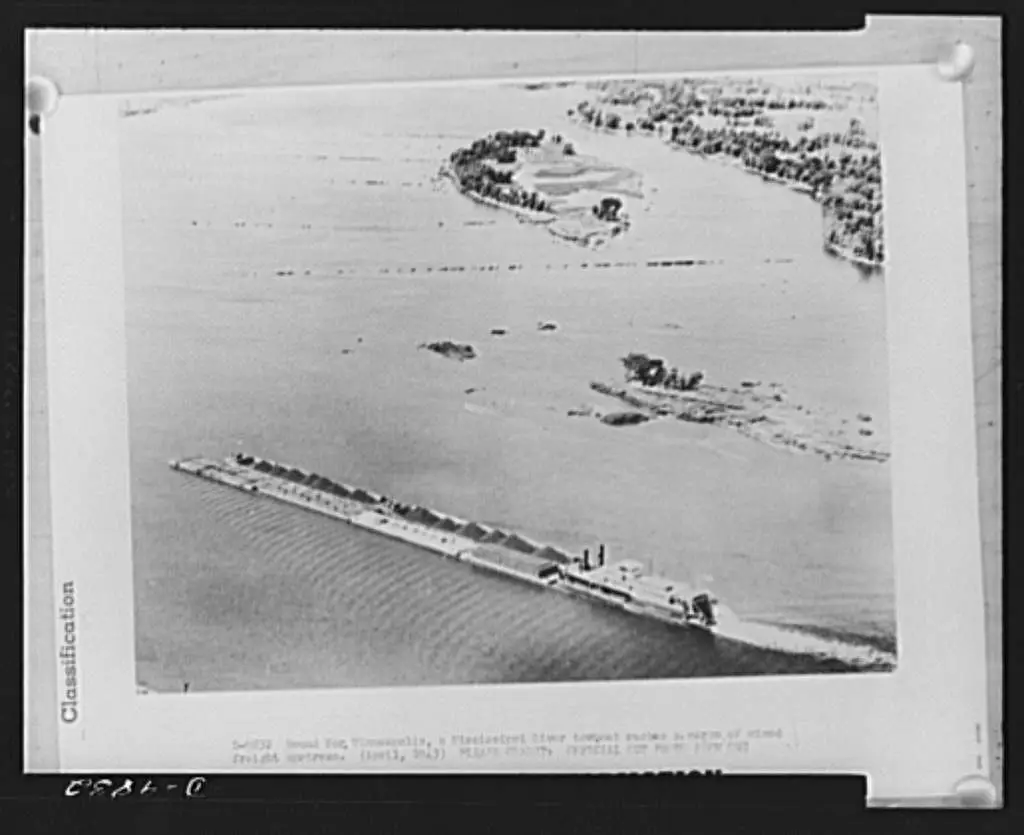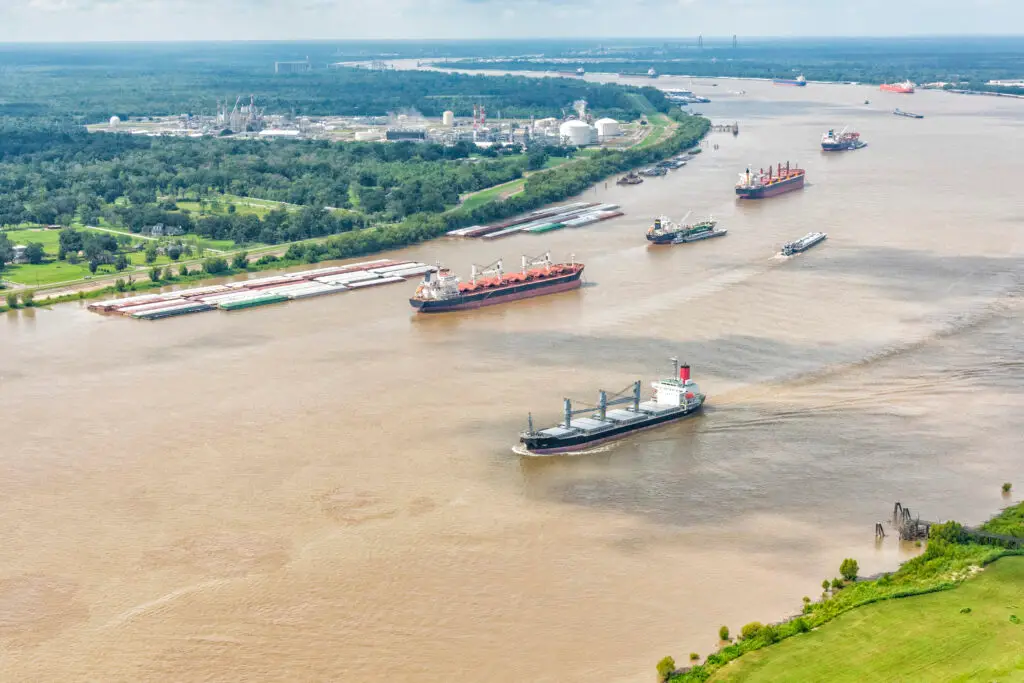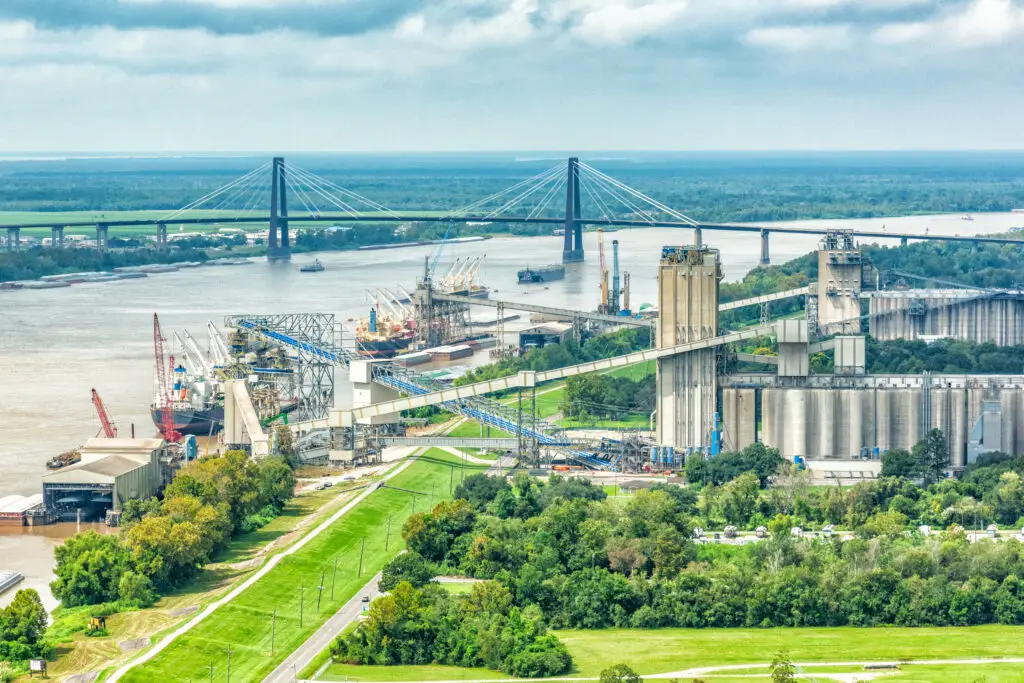New Orleans towboats have played a crucial role in the city’s development and history. These specialized vessels, integral to the history of New Orleans, were central to the growth of the city by facilitating efficient transport along the Mississippi River. From their early days in river trade to their ongoing significance in modern commerce, New Orleans towboats have significantly influenced the city’s economy and infrastructure.

The Birth of New Orleans and Towboats
New Orleans’ strategic location on the Mississippi River has been a catalyst for its growth since its founding in 1718. The Mississippi River, one of the world’s major waterways, has long served as a critical trade route. Towboats, which are specialized vessels designed to push or pull barges along rivers, have been instrumental in navigating and harnessing this vital transportation artery.
The Rise of Towboats
Towboats began playing a crucial role in the 19th century when the burgeoning river trade demanded more efficient means of transporting goods. By pushing large fleets of barges, towboats allowed for the economical and effective movement of commodities such as cotton, sugar, and timber, which were the backbone of New Orleans’ economy. This period saw the rise of the iconic “steamboat” era, with towboats becoming synonymous with the region’s river-based trade.


Economic Impact on New Orleans
The impact of towboats on New Orleans’ economy cannot be overstated. The efficient transport of goods facilitated by these vessels helped establish the city as a major commercial hub. The Mississippi River became a vital conduit for agricultural and industrial products, linking New Orleans to national and international markets. This economic boom spurred the city’s growth, leading to the development of a bustling port and a thriving urban center.
Towboats and Urban Development
The influence of towboats extended beyond the economic sphere into the very fabric of New Orleans’ urban development. The city’s infrastructure, including its ports and warehouses, evolved to support the towboat industry. The presence of these vessels prompted the construction of robust levee systems and riverfront facilities, which are still integral to the city’s landscape today.


Modern-Day Towboats and Preservation
Today, towboats continue to play a significant role in New Orleans, albeit in a more modernized form. They are crucial for maintaining the flow of goods and ensuring the smooth operation of the Port of New Orleans, one of the largest and busiest ports in the United States. Preservation efforts have also highlighted the historical importance of towboats, with various museums and historical societies showcasing their legacy.
The historic role of towboats in shaping New Orleans is a testament to their importance in the city’s development. From the early days of river trade to their ongoing contributions to the modern economy, towboats have been central to New Orleans’ identity. Understanding this maritime heritage not only honors the past but also underscores the ongoing significance of these vessels in the city’s economic and cultural fabric. For anyone interested in the rich history of New Orleans, the story of towboats offers a fascinating glimpse into the pivotal role they have played in shaping this iconic American city.
Working on the water with Magnolia Fleet offers a unique and rewarding career path. Whether you’re a deckhand, tankerman, or captain, you’ll find a role that challenges you and offers growth opportunities. If you’re interested in joining our team, click here to learn more about our open positions and the benefits of working with Magnolia Fleet.

